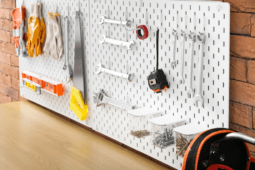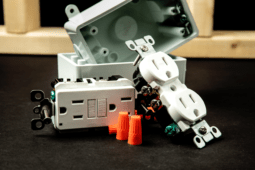How to Remove a Broken Key Stuck in a Lock
Oh no! Your key just snapped off in the lock. Before you panic or call an expensive emergency locksmith, take a deep breath. With a few common household items and some clever tricks, you can often extract that broken key yourself in just minutes. Let’s explore some simple DIY methods to remove a broken key and get you back inside fast.
Lubricate the Lock to Make Extraction Easier
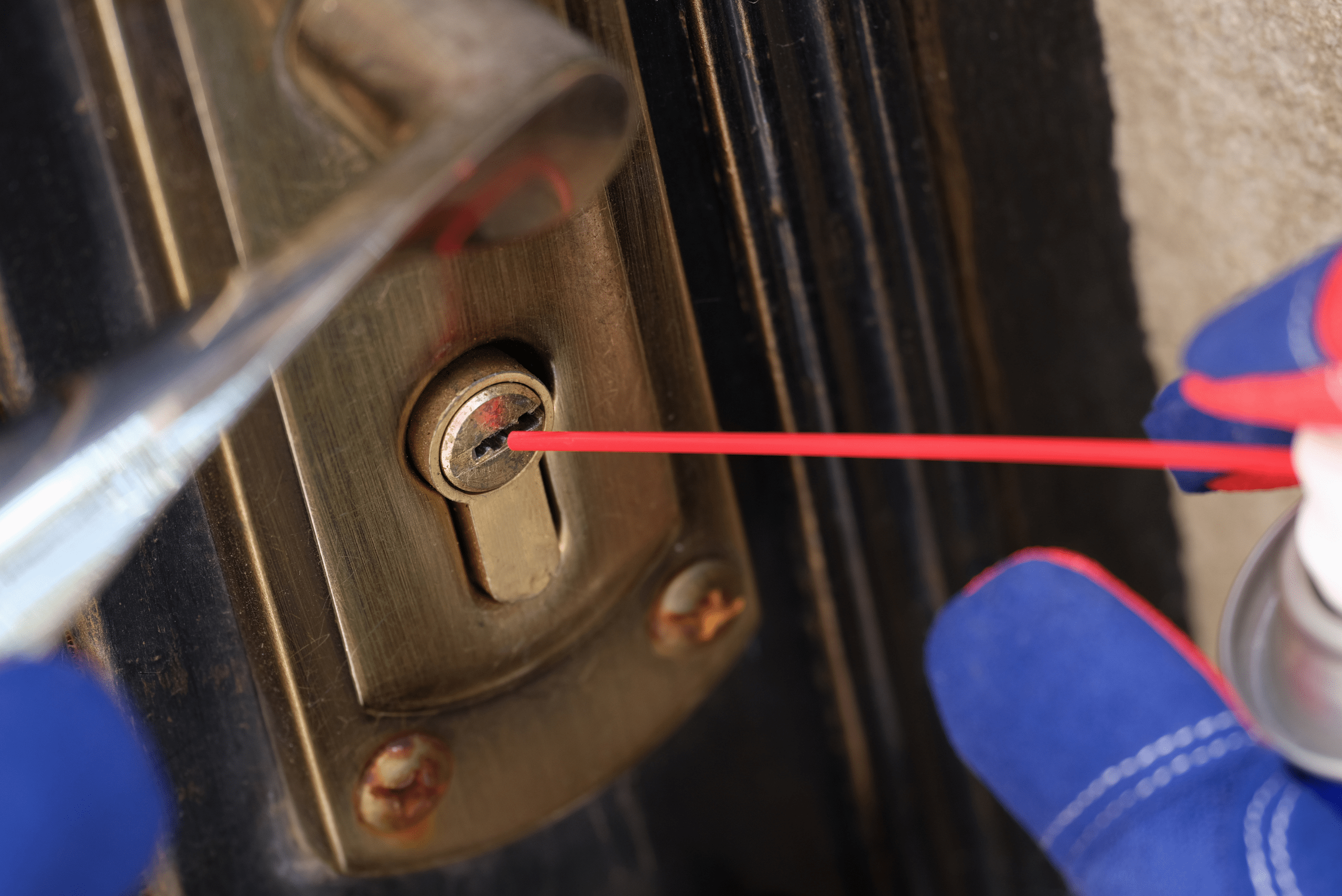
First things first – spray some lubricant into the keyhole to make removal easier. A silicone-based spray like WD-40 or powdered graphite works well. This helps loosen any debris and allows the broken key piece to slide out more smoothly. Let the lubricant sit for a minute before trying other removal methods.
Don’t have lubricant on hand? In a pinch, you can try a few drops of cooking oil or even some lip balm on a cotton swab. The goal is to reduce friction inside the lock mechanism.
1. Grab the Key with Tweezers or Pliers
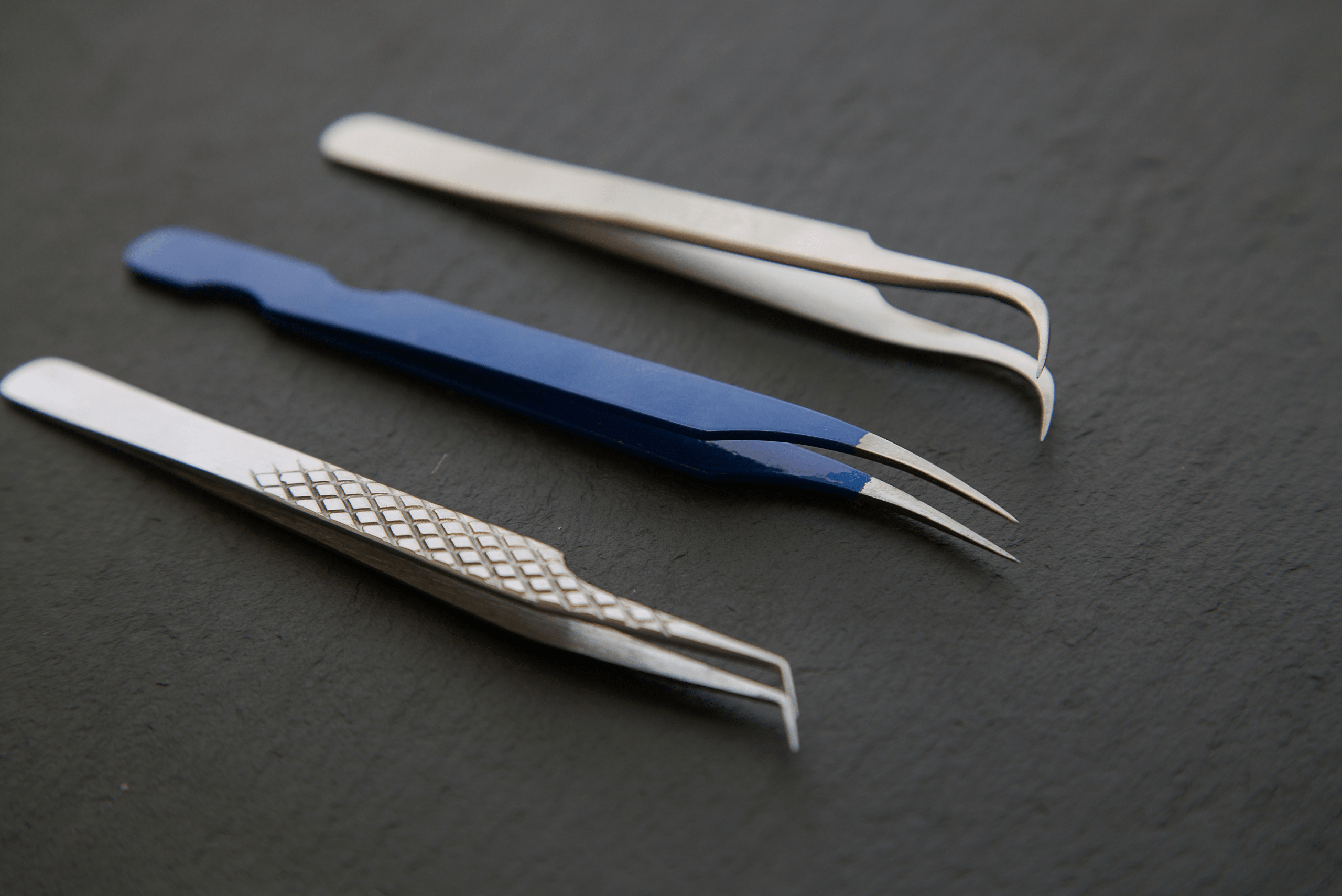
If part of the broken key is sticking out of the lock, try grasping it firmly with a pair of tweezers or needle-nose pliers. Grip as much of the exposed metal as possible and gently pull straight out. Be careful not to push the key further into the lock.
For more leverage, you can try using two pairs of pliers – one to grip the key and one to grip the first pair of pliers. This gives you more pulling power.
2. Use a Thin Pin or Paperclip to Fish Out the Key
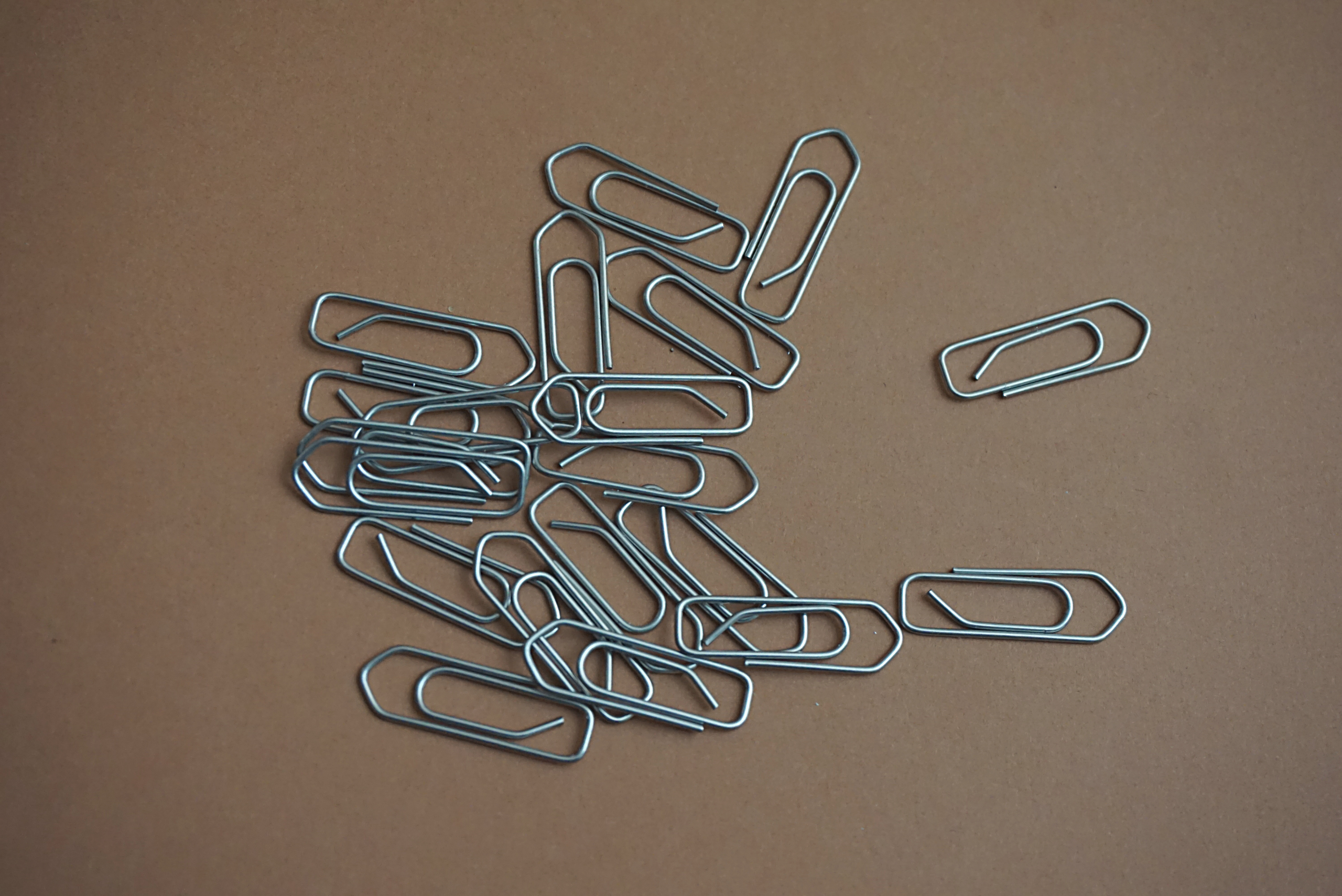
Find a thin, sturdy pin, such as a safety pin, sewing needle, or straightened paperclip. Carefully insert it into the keyway alongside the broken key piece. Try to hook the pin into one of the key’s grooves or notches, then gently pry it out.
If you can’t get enough leverage, use pliers to bend the tip of your pin into a small hook shape. This can help you snag the key more easily.
Start your next woodworking adventure with TedsWoodworking! Dive into 16,000+ projects and bring your ideas to life. Build unique furniture and master new skills with Ted’s detailed, step-by-step plans guiding you every step of the way.
3. Make a DIY Key Extractor with a Jigsaw Blade
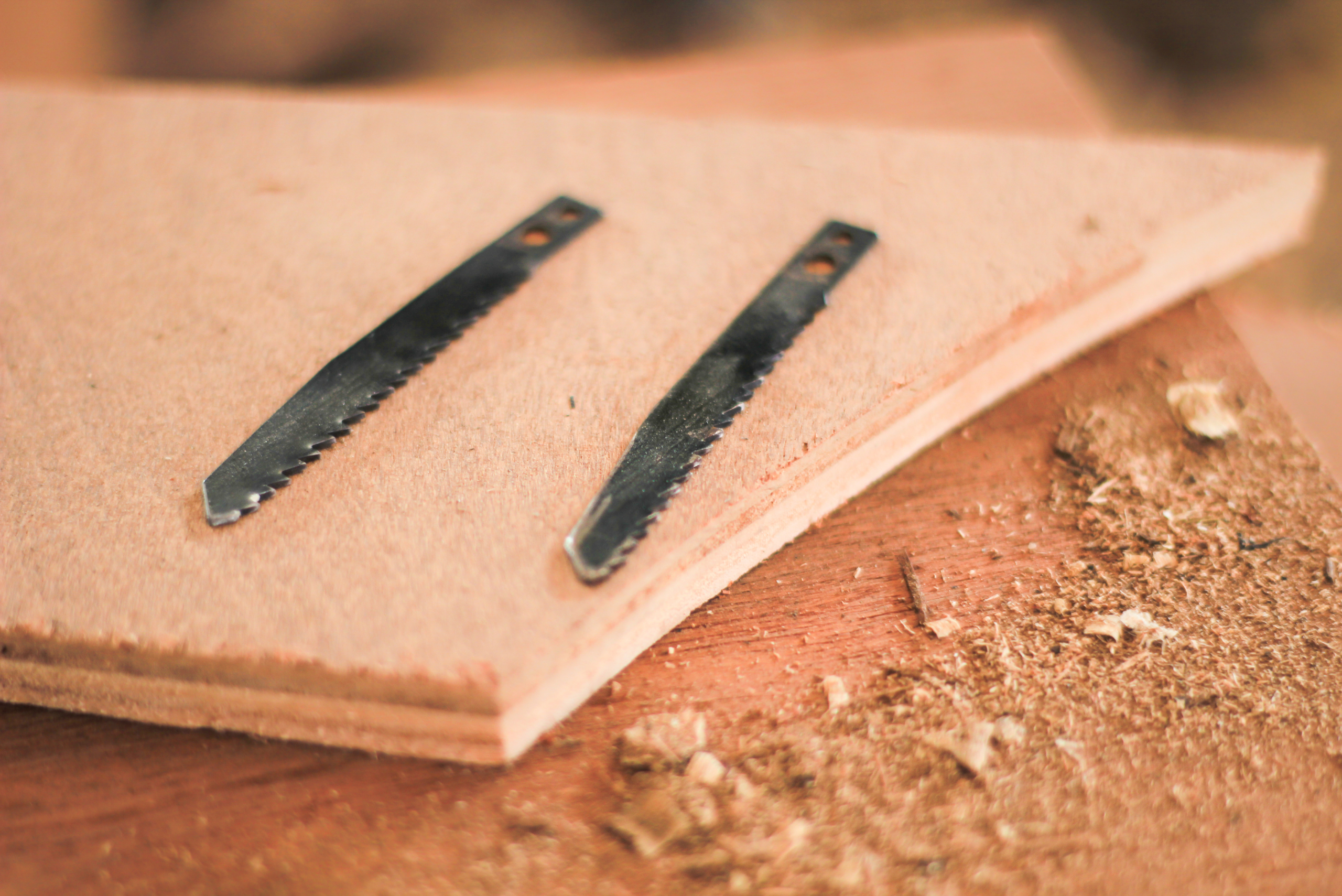
An old jigsaw blade can be turned into an effective key extraction tool. Use pliers to snap off about 2 inches from the end of the blade. Wrap one end with tape to create a handle. Insert the jagged edge into the keyway, hook it onto the key’s teeth, and pull out.
Be very careful when handling sharp metal edges. Wear work gloves for safety. You can also try this method with a thin hacksaw blade or even a sturdy piece of thin metal like a bike spoke.
4. Try the Hot Glue Stick Method
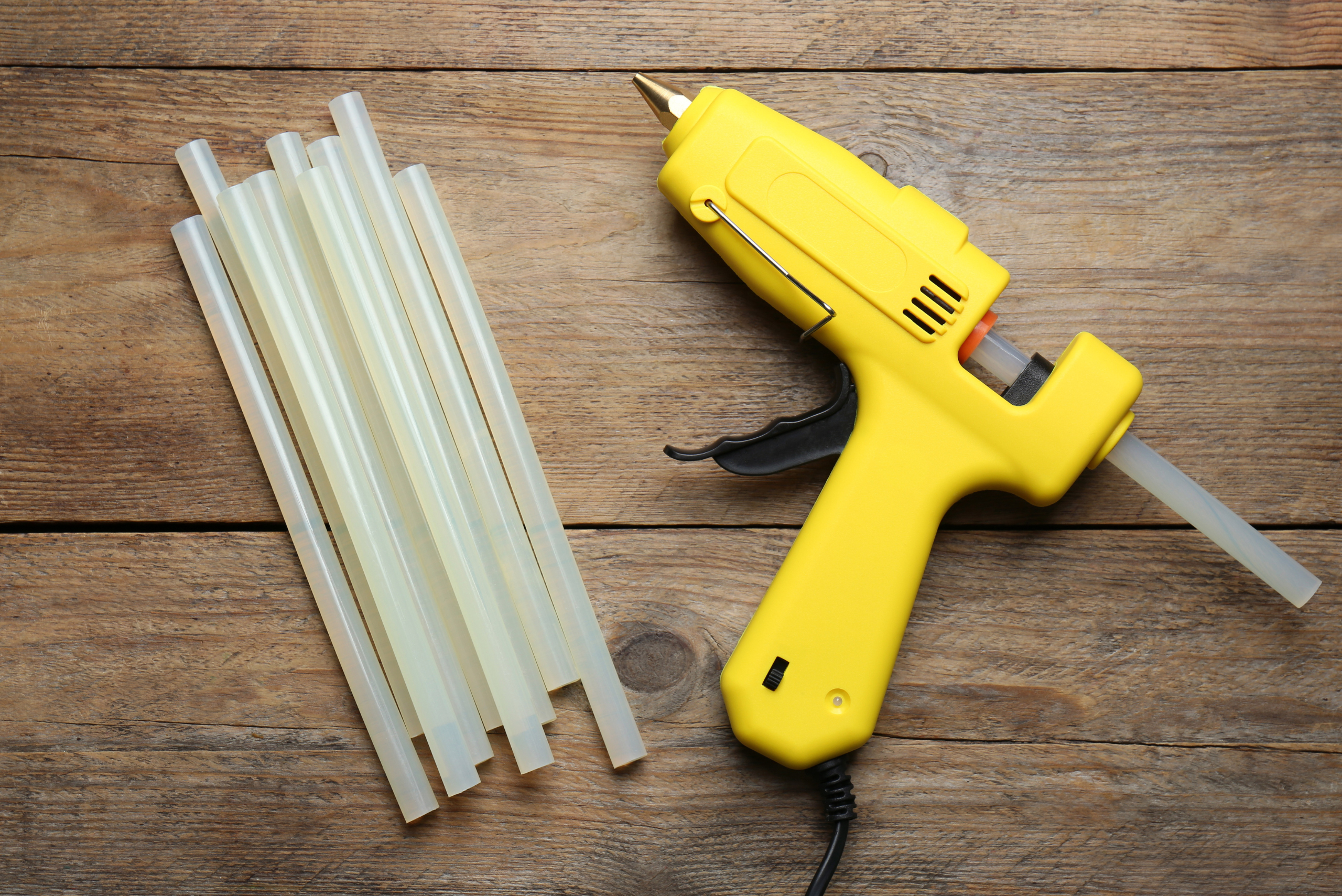
This clever trick uses a hot glue gun stick to grab the broken key. Melt the end of the glue stick with a lighter, then quickly press it against the exposed end of the key. Hold it in place for 30-60 seconds until the glue cools and hardens. Then, slowly pull the glue stick straight out.
Be careful not to get glue inside the lock mechanism itself. If you do, you may need a locksmith’s help to clean it out.
5. Use a Strong Magnet to Pull Out Metal Keys
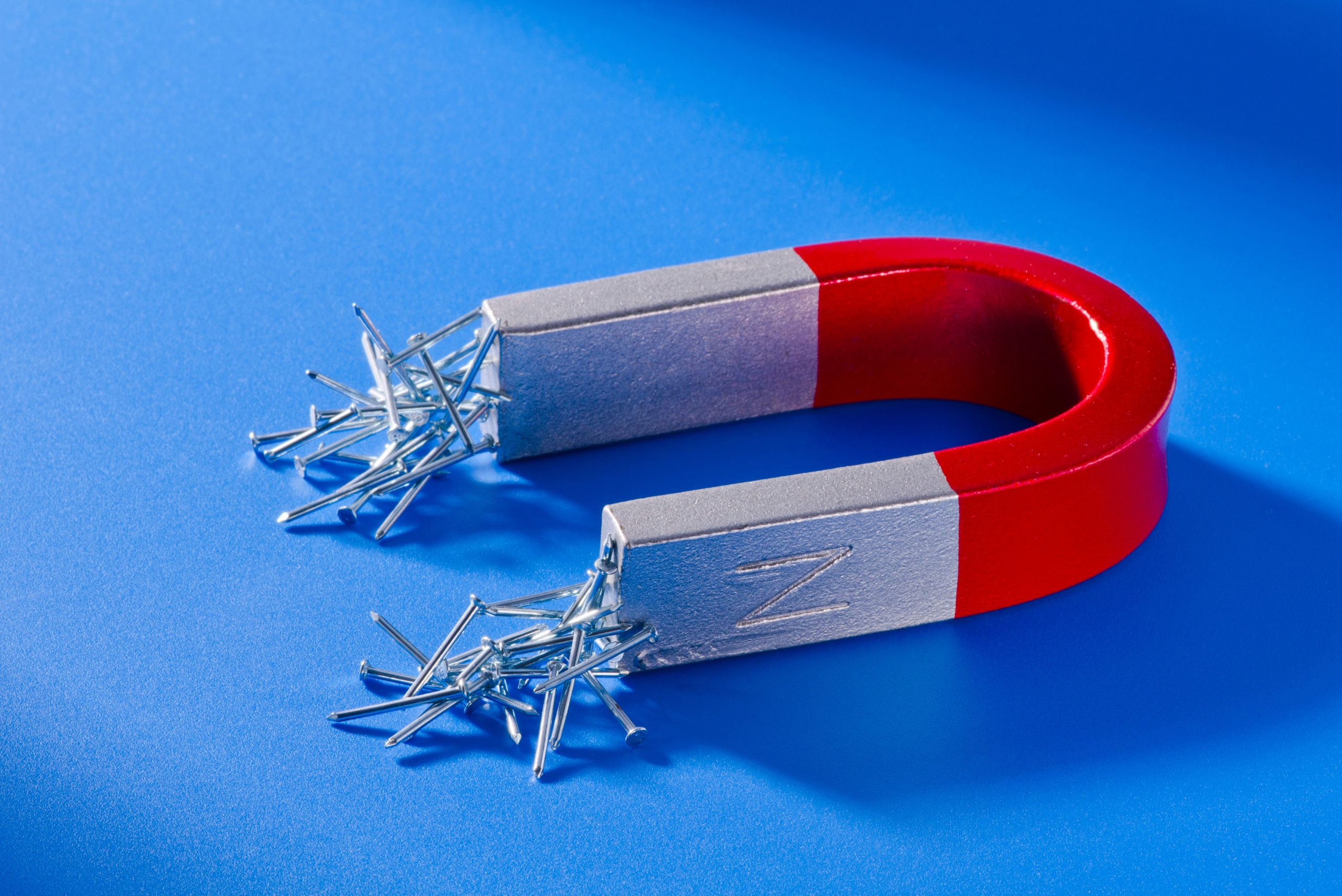
If your key is made of a magnetic metal like steel or nickel, a strong magnet may be able to pull it out. Rare earth magnets work best. Hold the magnet against the keyhole and slowly move it around, feeling for the pull of the key inside.
This won’t work for brass keys, which aren’t magnetic. But it’s worth a try for other metal keys before moving on to more invasive methods.
6. Make a Key Extractor from Two Thin Knives
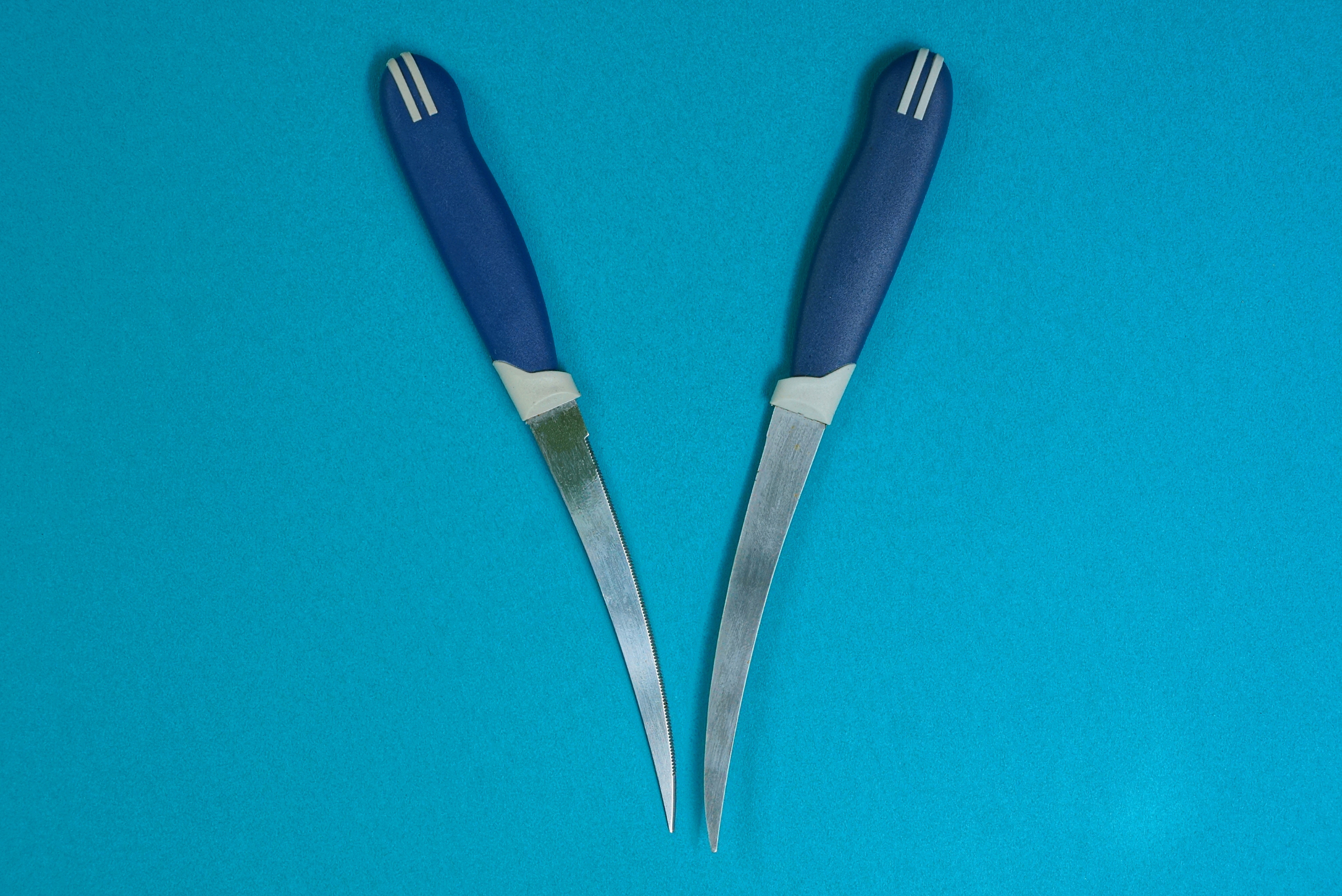
Find two very thin knives or metal rulers. Carefully insert one on each side of the broken key, sandwiching it between the blades. Gently twist both knives to grip the key, then pull straight out.
Use extreme caution with this method to avoid injury. Wear work gloves and go slowly. Stop if you feel any resistance to avoid damaging the lock.
7. Disassemble the Lock as a Last Resort
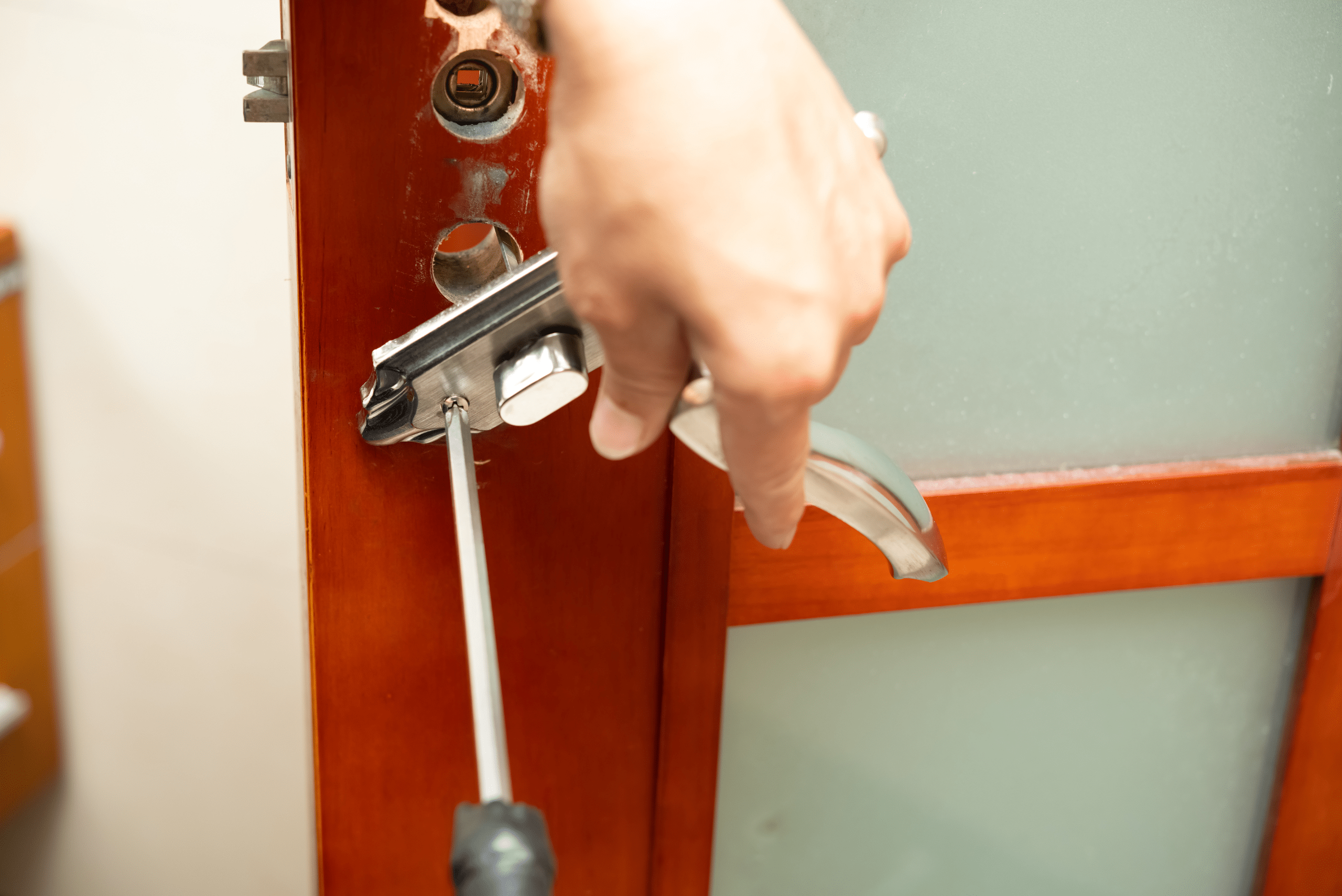
If all else fails and you urgently need to open the door, you may need to remove the entire lock. For most home locks, you can unscrew the faceplate to access the inner mechanism. Car locks are trickier and usually require professional help.
Be aware that disassembling the lock may void any warranty. Only attempt this if you’re comfortable reassembling everything properly.
When to Call a Professional Locksmith
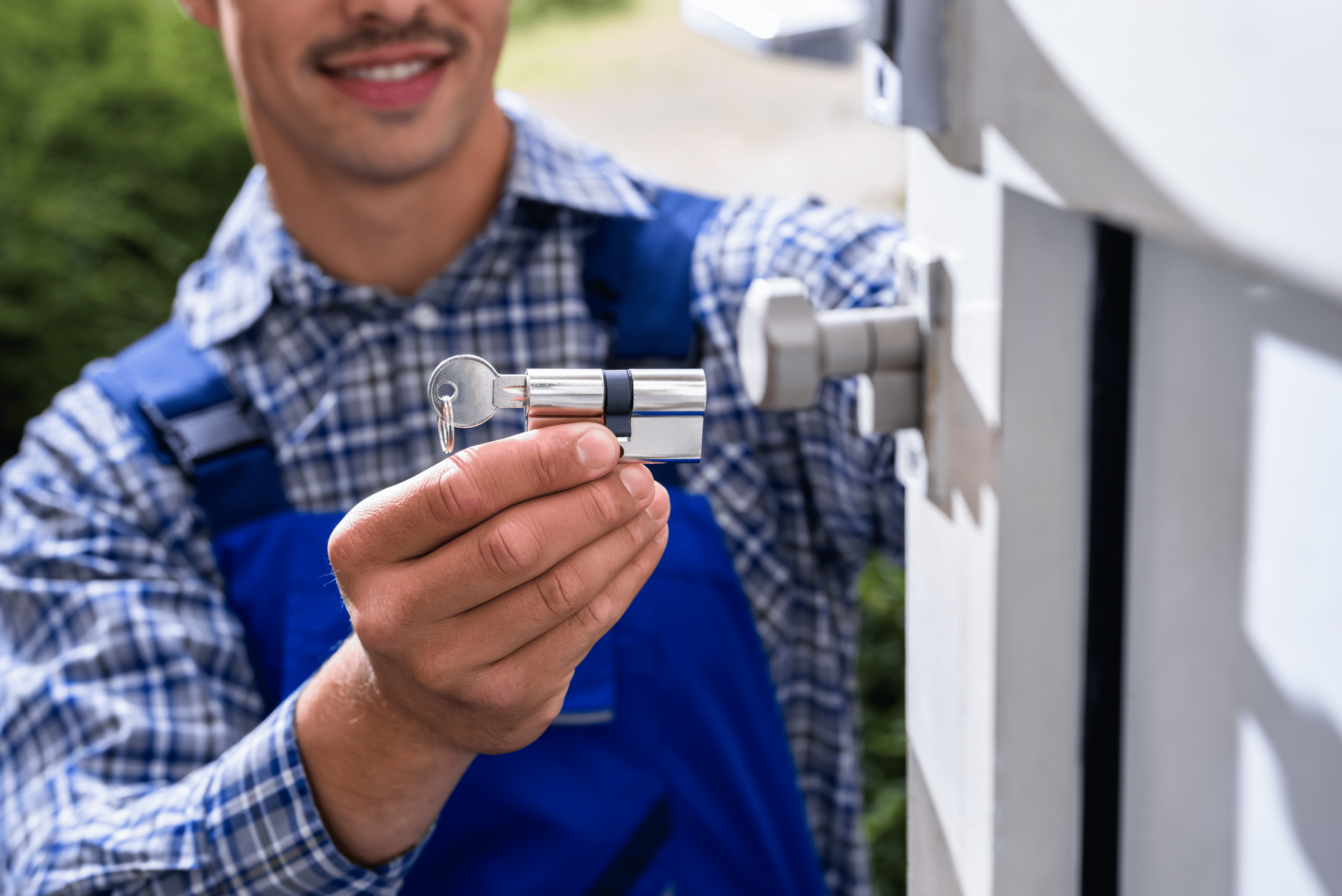
If you’ve tried several methods without success, it’s time to call in the experts. A locksmith has specialized tools and expertise to remove broken keys without damaging the lock. They can also rekey or replace the lock if needed.
Don’t force anything or keep trying DIY methods if you’re not making progress. You could end up causing costly damage to the lock mechanism.
More Articles
- The 6 Checks Homeowners Should Do at Least Once a Month
- The Crucial Differences Between 15-Amp and 20-Amp Outlets
- 7 Genius Ways to Use Your Leaf Blower You Haven’t Thought Of
With these handy tricks in your arsenal, you’ll be prepared the next time a key breaks off in a lock. Stay calm, work carefully, and you’ll likely be able to extract that pesky broken key yourself. Just remember – when in doubt, call a professional to avoid making the problem worse. Now go rescue that broken key!
Ready to start your next project? Join our DIY community to receive tool tips, how-to guides, and exclusive creative insights. Subscribe to the ManMadeDIY newsletter now! Click here to unlock a world of hands-on inspiration.

